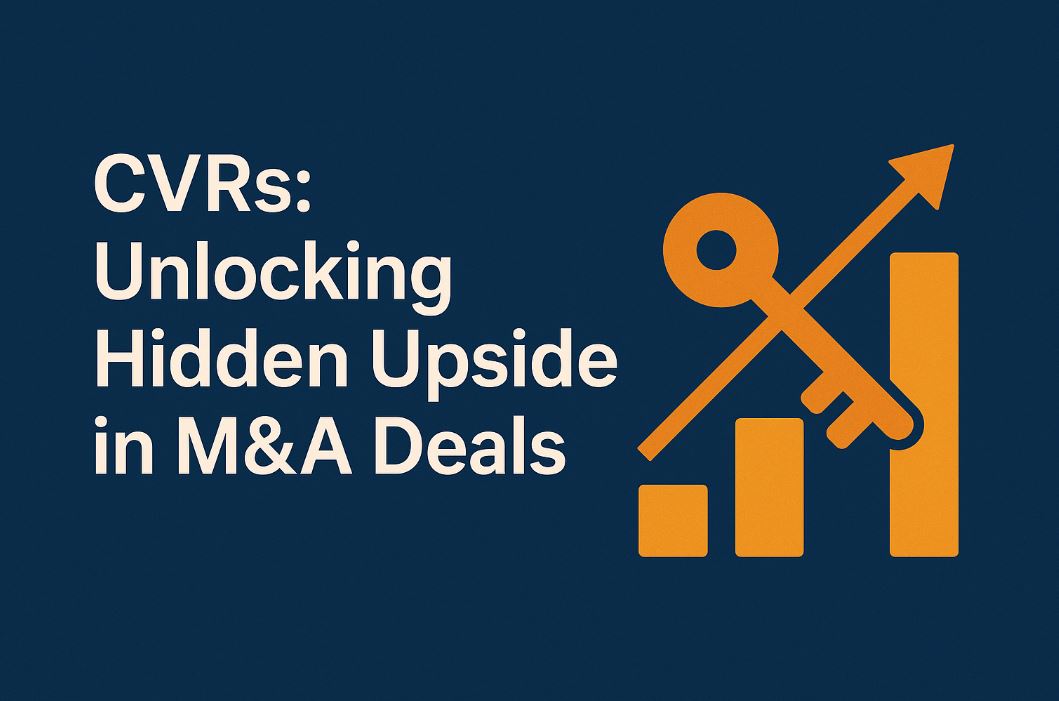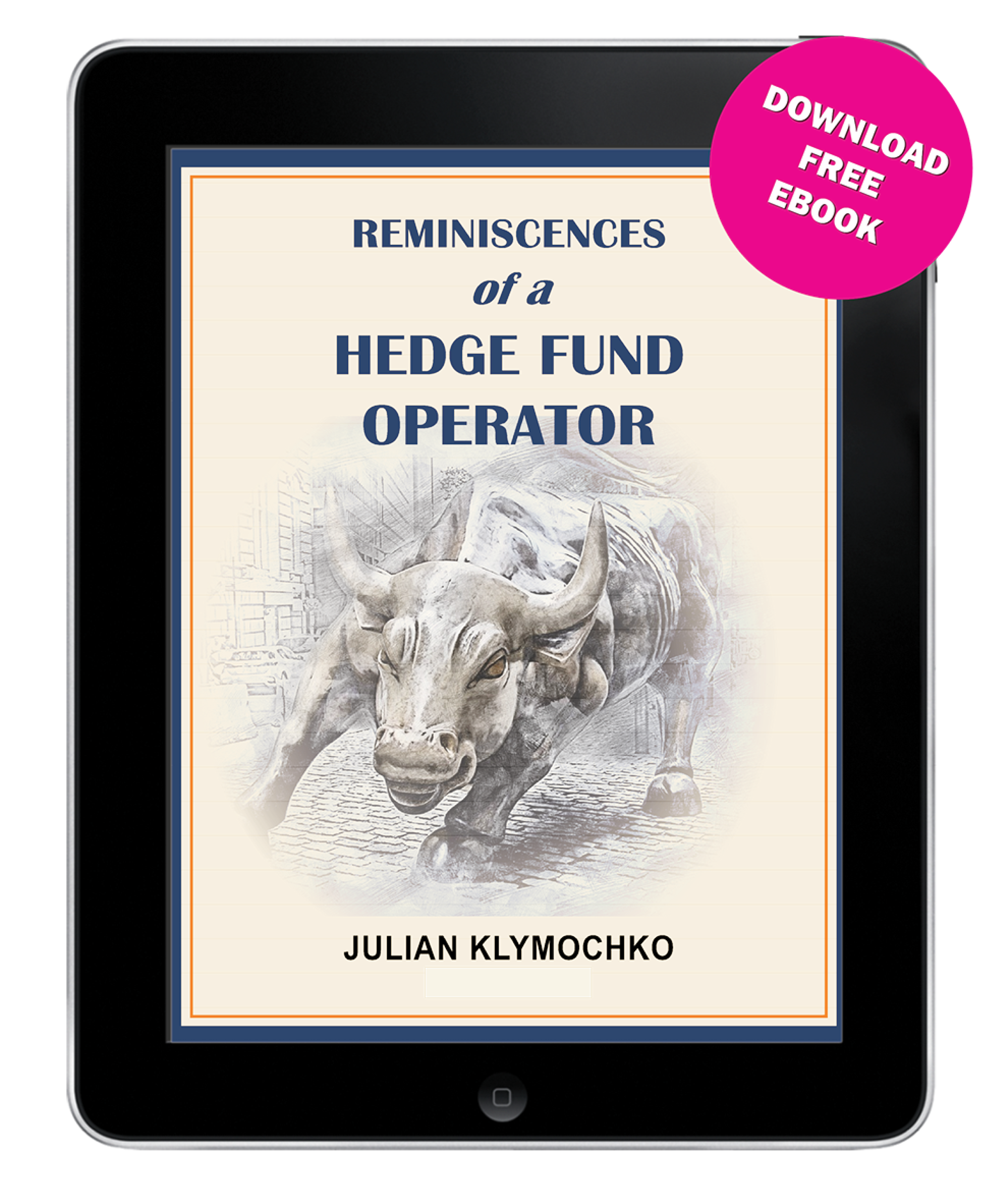
November 2, 2025 – To a casual sports fan, watching the World Series was an informative experience. While it is fun to hear about the dynamics between the various positions and the resulting strategic decisions, some of the archaic rules in baseball can be a bit frustrating (a “lodged ball” that was clearly easily retrieved, preventing a Blue Jays game 6 win – C’mon!). Nevertheless, learning the 3-letter acronyms – RBI, ERA, OBP – can be a challenge.
While each industry has its share of 3-letter acronyms, in no segment of the economy are they more prevalent than within finance. Name a few – CLO, CDO, MBS, LBO – and before long, one could make a financial illiterate’s head spin.
In any event, there has been one financial acronym that has become increasingly popular lately: CVR.
A Contingent Value Right (CVR) is a contractual instrument often issued in connection with mergers and acquisitions (M&A) that gives the target company’s shareholders the right to receive additional future payments if certain specified events or milestones are achieved after the deal closes. It is used to bridge the bid-ask price gap, in which the acquiror may not be willing to pay full value upfront due to uncertainty regarding the ultimate value of an asset, such as the result of a clinical trial, lawsuit, or business milestone.
A CVR ties part of the purchase price, typically a small portion of the total deal consideration, to the future performance of that uncertain factor. It is a contractual right that is issued to the target company shareholders upon consummation of a merger, in addition to the cash or stock consideration. Typically, CVRs are non-transferable, meaning they are not listed as exchange-traded securities. Therefore, once an M&A deal featuring a CVR closes, the target shareholder is left holding an illiquid, lottery-like ticket.
While CVR issuance used to be rare, as we would only see a handful issued per year (and almost always tied to clinical results in biotech M&A deals), more recently, contingent value rights have become a much more popular tool in the dealmaker’s toolbox.
For example, with two months remaining in 2025, we have already reached a record level of CVR issuance in U.S. mergers. Of the 156 mergers worth more than $100 million in the U.S. this year, nineteen, or 12.2%, have featured a CVR as a portion of the consideration.

Source: Accelerate
In addition, out of the 84 announced but not yet closed transactions in the U.S., six feature a CVR.
Historically, nearly all CVR issuance was the result of mergers and acquisitions in the biotech sector. However, the structure is increasingly being utilized outside of biotech. For example, last month, Blackstone and TPG teamed up in a $18.3 billion buyout of women’s health company Hologic. The consideration offered to Hologic shareholders includes $76.00 cash per share, representing a 40.0% premium, along with a CVR worth up to an additional $3.00 per share. The CVR payment is tied to the resulting revenue of a Hologic business segment in 2026 and 2027, and therefore, shareholders will be waiting more than two years until they see the cash tied to the CVR (or not, if the revenue milestones are not achieved).
Given the increased prevalence of CVRs, they can no longer be ignored by investors.
Valuing a CVR involves probability-weighted scenarios featuring binary payments – either the CVR pays out or it doesn’t.
We have tracked market-implied prices of CVRs over the past fifteen years, and have observed that they are typically valued around 15 cents on the dollar. This market-implied price is backed-into by subtracting the primary merger consideration from the target’s share price just prior to deal closing. Once the M&A transaction is closed, the CVR disappears from the market and is then found buried deep in investor portfolios, largely forgotten about until a payment is made years later.
Given that CVRs are typically not publicly-traded, along with the fact that this extremely niche asset is not well-followed, finding CVR payouts years later can be difficult. Nonetheless, we have maintained a CVR payout database (as shown below) to determine what the average CVR should be worth, and if the $0.15 / dollar market pricing is reasonable.
While the data is fairly spotty, of the CVRs that have reached their logical conclusion, they have paid out on average 54 cents on the dollar.
This finding suggests that contingent value rights are systematically undervalued by the market, creating a persistent inefficiency where investors can capture excess returns by pricing these instruments based on their actual probability-weighted outcomes rather than the market’s overly conservative assumptions. Given the increased frequency of CVRs within deal considerations, a framework to value this increasingly popular 3-letter acronym may benefit investors.

Source: Accelerate
The AlphaRank.com Merger Monitor below represents Accelerate’s proprietary analytics database on all announced liquid U.S. mergers. The AlphaRank Merger Arbitrage Effective Yield represents the average annualized returns of all outstanding merger arbitrage spreads and is typically viewed as an alternative to fixed income yield.





Each individual merger is assigned a risk rating:
- AA – a merger arbitrage rated ‘AA’ has the highest rating assigned by AlphaRank. The merger has the highest probability of closing.
- A – a merger arbitrage rated ‘A’ differs from the highest-rated mergers only by a small degree. The merger has a very high probability of closing.
- BBB – a merger arbitrage rated ‘BBB’ is of investment grade and has a high probability of closing.
- BB – a merger arbitrage rated ‘BB’ is somewhat speculative in nature and has a greater than 90% probability of closing.
- B – a merger arbitrage rated ‘B’ is speculative in nature and has a greater than 85% probability of closing.
- CCC – a merger arbitrage rated ‘CCC’ is very speculative in nature. The merger is subject to certain conditions that may not be satisfied.
- NR – a merger-rated NR is trading either at a premium to the implied consideration or a discount to the unaffected price.
The AlphaRank merger analytics database is utilized in running the Accelerate Arbitrage Fund (TSX: ARB), which may have positions in some of the securities mentioned.




